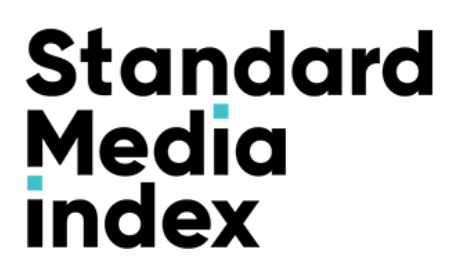Ad spend for May down YOY, but CYTD and FYTD ad demand at record high
Following the Federal election period, Australia’s media agency market has emerged with total ad spend just below the record level reported in May 2021, but ahead of the total invested during the previous election period in May 2019, reports Standard Media Index (SMI).
Overall, total ad spend for May is stable compared to last year’s very high benchmark, having dropped just 0.9%, with the key feature this month being an extra $41m in political party/industry association ad spend (excluding UAP ad spend). Government category ad spend continued to grow, this time up 42% YOY.

SMI AU/NZ managing director Jane Ractliffe said federal elections usually create an abnormal spike in monthly ad spend, but this election period was unusual as the market was being compared against the May 2021 result which was the largest ever spending May on record.

